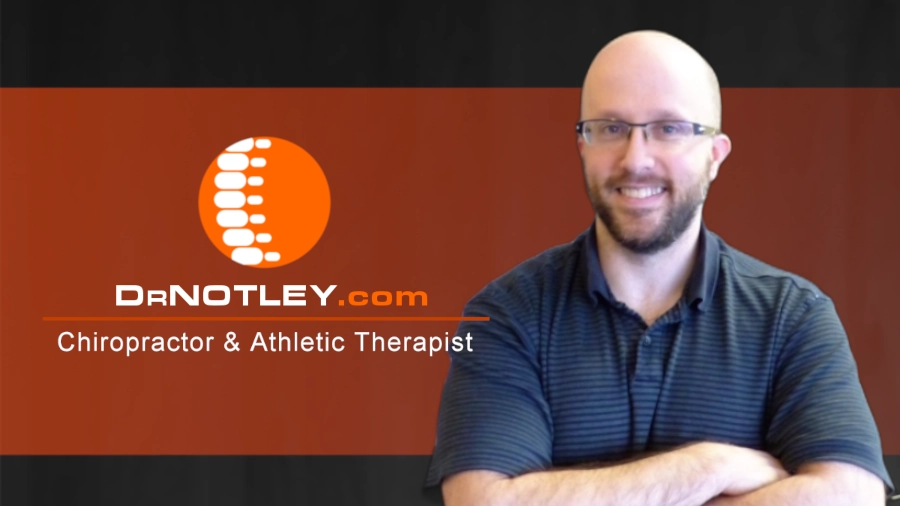The deltoid muscle, capping the shoulder joint, is made up of three parts. There is an anterior (front) part, lateral (middle) part and posterior (back) part. It is used in all forms of movement of the shoulder
Action of the deltoid
The anterior deltoid flexes the shoulder forward while the posterior deltoid extends the shoulder. The middle portion abducts the arm out to the side; assisted by the other two portions.
At least one part of the deltoid muscle is involved when performing shoulder press, pushups, bench press, chin ups and rowing activities.
Causes of pain in the deltoid
The deltoid can be a source of pain as a result of trauma or from over exertion. When experiencing pain into the shoulder the deltoid muscle is not the only possible cause of pain. Possible causes include rotator cuff tears,biceps tendonitis, subdeltoid bursitis, shoulder impingement syndrome, and C5 radiculopathy.
How to release the deltoid
If all other possible causes of pain in the shoulder have been ruled out by a professional you may gain a benefit by just finding the tender point and holding pressure on it but I like to add a stretch to it.
Anterior portion
The anterior deltoid is found on the front side of the shoulder. Its main action is to aid in flexing the shoulder forwards. It originates on the collar bone and attaches onto the outer portion of the upper arm along with the other parts of the deltoid. Underneath the anterior deltoid is the long head of the biceps tendon. When treating this muscle you might end up aggravating the tendon.
Standing facing a wall. Place the ball on the anterior deltoid. Have your arm out to the side. Rotate your shoulder inwards so your palm faces outwards and then bend the elbow. Pin the muscle down and then rotate your body away from the shoulder. This helps take the stretch off the biceps muscle.
Middle portion
The middle portion originates on the shoulder blade. It is active when lifting the arm out to the side (abduction). To stretch it you will want to adduct the arm. Place the ball on the wall and press the middle deltoid into the ball. Take your arm and reach behind your back. Use your other hand to pull the hand further across the body and down towards your back pocket.
Posterior Portion
The posterior portion also originates on the shoulder blade. It is active in extending the arm backwards. To stretch you’ll have to flex the shoulder forwards. In this case you’ll be horizontally flexing or horizontally adducting the shoulder across the body
Facing away from the wall, with your arm at shoulder height, place the ball between the wall and the muscle. Rotate your body away from the wall. Use your other hand to help pull the elbow away from the wall.
Dr Notley
Winnipeg chiropractor and athletic therapist
Make sure to take a look at these related articles
https://drnotley.com/self-myofascial-release-of-the-shoulder-teres-major/
Originally posted on May 17, 2022 @ 4:39 pm
